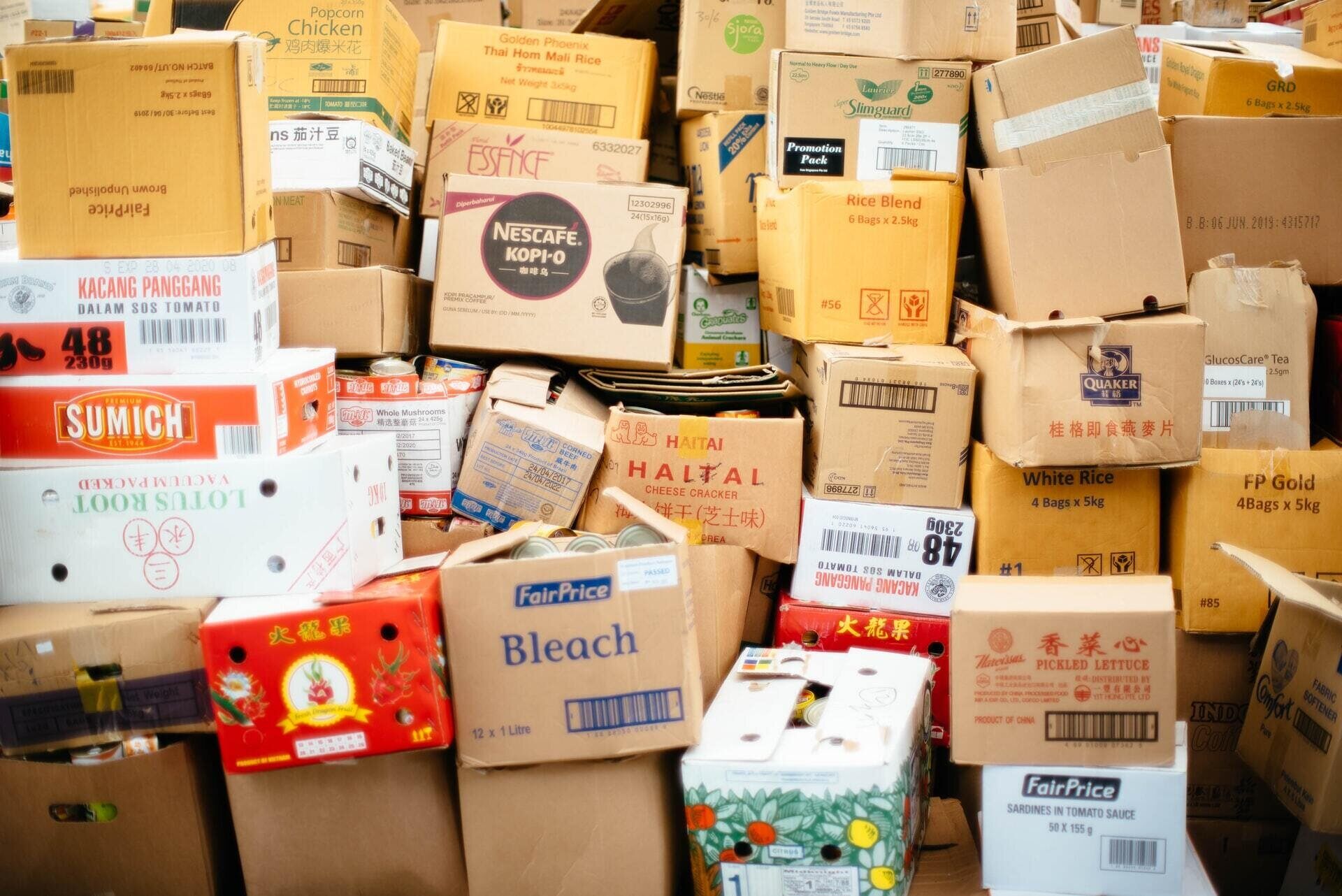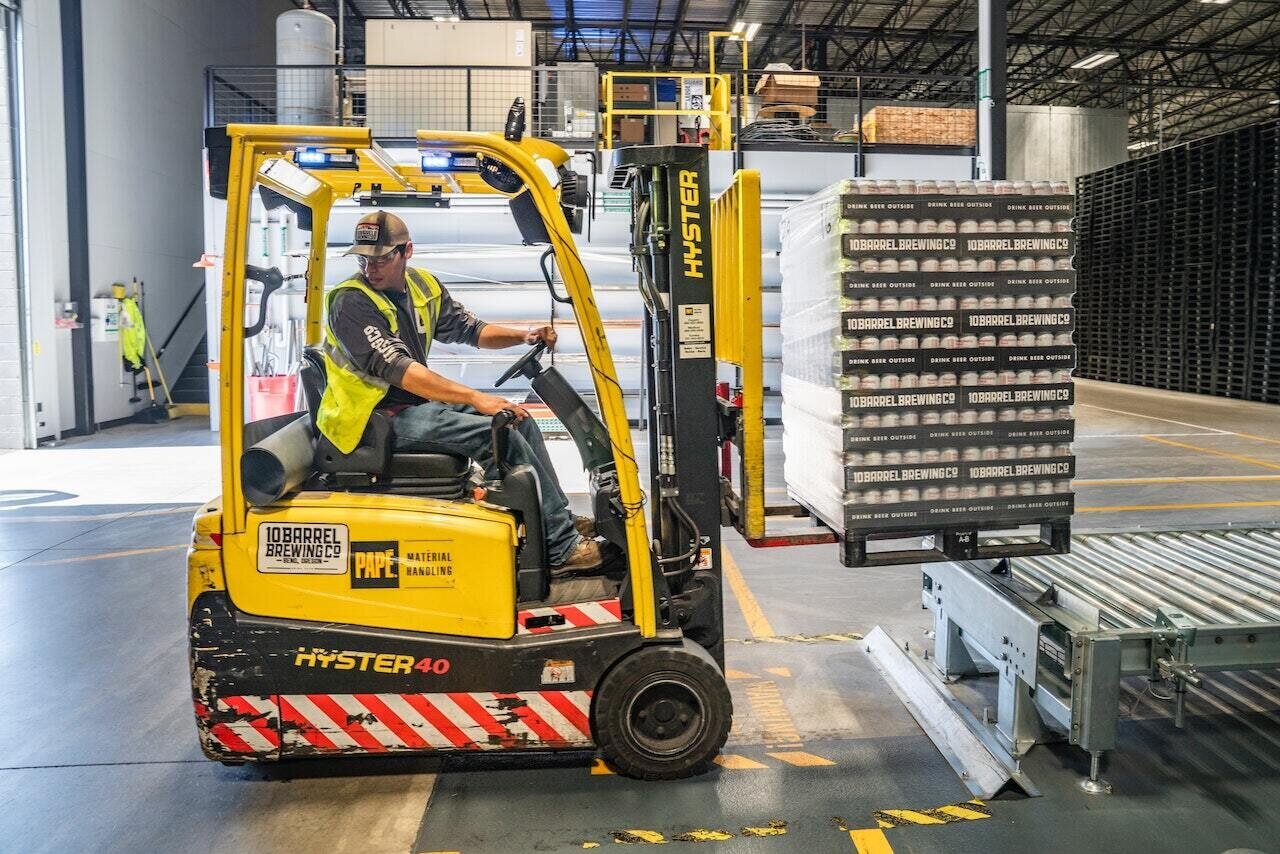How to Prevent Packaging Stock Outs

Stock-outs can cause significant losses, especially if we’re talking about packaging stock-outs. These losses can be worth millions but can easily be avoided with careful management. Retailers need to be highly thorough with their product handling, as the packaging may as well determine whether the product itself will be a success or not.
Without product packaging, the product will not be able to reach its destination. It can become a great problem as well, particularly when the needed packaging is not within the stocks of the warehouse. This can cause a significant deal of delays, which is why it must be avoided.
Why do packaging stock-outs happen, and what can you do in order to avoid them? You are going to find out more on that matter very soon.
Why Stock-Outs Occur
There are several reasons why stock-outs may happen. In most circumstances, it boils down to the following three causes.
1. Market Demand Shifting
Very often, a company might underestimate the demand for a certain product. If the demand for a piece gets higher, the production will have to go up.
And for that product to be delivered, it needs to be properly boxed in carton packaging – something quite difficult to do, when you did not properly estimate the number that you’ll need.
As the demand shifts, the balance between packaging and product may be lost – which is fairly common with our unpredictable market.
2. Little Visibility
Inventories can be rather difficult to do sometimes, especially if you do it on a large scale. It makes the perfect opportunity for human error to slip in.
Packaging material can be misplaced, or a shipment may not be there. For instance, a company might think that they ordered the packaging material for their cartoning machine, but they might have forgotten to do so. This lack of visibility can lead to packaging stock-outs.
3. Shipment Delays
Sometimes, carton and case packaging stock-outs can happen simply as a result of slow movement. A shipment was not delivered on time, or there was a problem with the quality of the packaging. Until a replacement of the packaging material is shipped, it can lead to packaging stock-outs.
What to Do to Prevent Stock-Outs
Once you know the cause for the packaging stock-outs, you can proceed to prevent it. In most cases, it is simply a matter of administration and having a plan B around. Here is what you’ll have to do.
1. Do An Inventory Audit
Inventory audits are always good for business. You’ll probably need to do inventory for your products, so why not throw in the packaging as well? Auditing your carton and case packer material can give you a better idea of what you have on hand, which will help prevent a stock-out.
Make a report, and specify there the things that you have, and the things that you do not have. An audit will help you get a better visual so that there is no longer a problem with lack of visibility. It will also give you some ideas on whether your sales pattern is changing or not.
You may use an audit to determine if it’s time to ask for a new, bigger shipment. It will also ensure that no packaging material was missed, lowering the chances of human error.
2. Check Your Equipment
Sometimes, the problem may not be with the material that you have on hand. Sometimes, it might just be a technical error – a cartoner machine that is way past its prime.
In these circumstances, it can be very easy for the machine to compromise a piece of otherwise good material. The more this happens, the more it can lead to stock-outs.
This is why you need to make sure that your case packing equipment is up to date. For instance, an automatic cartoning machine that uses the latest technologies might be less likely to go through errors. Since the material would no longer be wasted, the chance of stock-out until the next shipment can be prevented.
3. Change the Data Processes and Shipment Frequencies
If you see that you are constantly falling behind and going into packaging stock-outs, then you might start doing some tweaks to the shipment frequencies. For instance, rather than going for a bigger shipment every month, try arranging for multiple smaller shipments throughout it.
This will help you stay stocked up, even if the demand is increasing. Take, for example, the mask craze during the coronavirus pandemic.
One moment masks were unpopular, and the next, everyone was buying them. This led to an increase in demand – one that asked for a higher packaging amount. Unless a company has a higher frequency of shipments, the spike in demand leads to a high number of delays.
4. Calculate the Safety Stock
Product demand can fluctuate, so if you want to avoid a stock-out, you might want to calculate safety stocks as well.
Using the formula Safety Stock = Lead Time x Daily Consumption x Safety Factor, you may forecast the market trends and the demands, cushioning the rise and falls of potential fluctuations.
These fluctuations may be a result of seasonal demands, a sudden interest in particular products, partner reliability, or the success of a marketing campaign.
By calculating the safety stock, you should be able to visualize a no-stock-out scenario and replenish your case or cartoning equipment material accordingly.
The Bottom Line
Packaging stock-outs can be very inconveniencing, especially when you are dealing with a fluctuating market. Thorough planning is essential, as being prepared will prevent any unpleasant surprises. Find the cause of the stock-out, and then make the changes accordingly.



